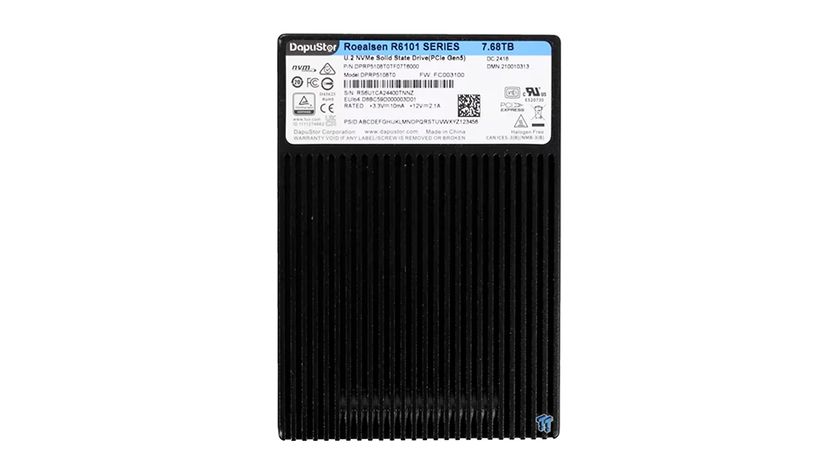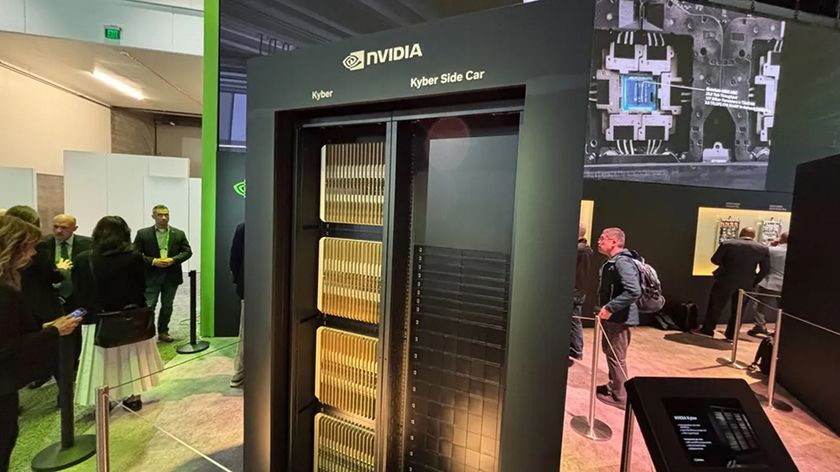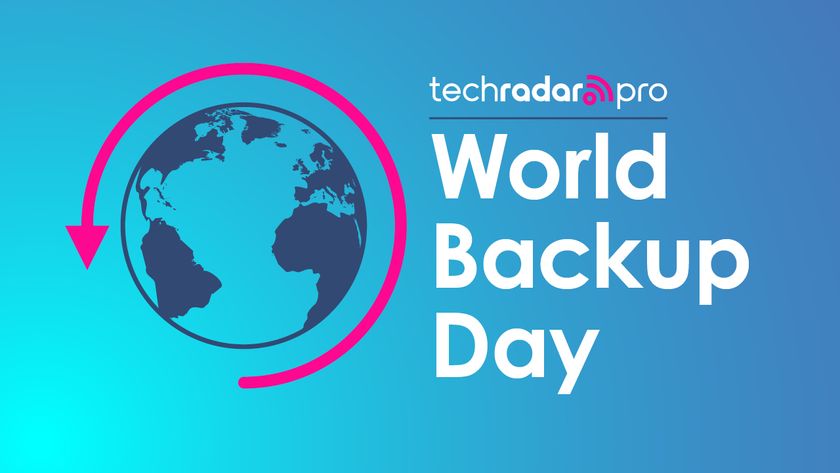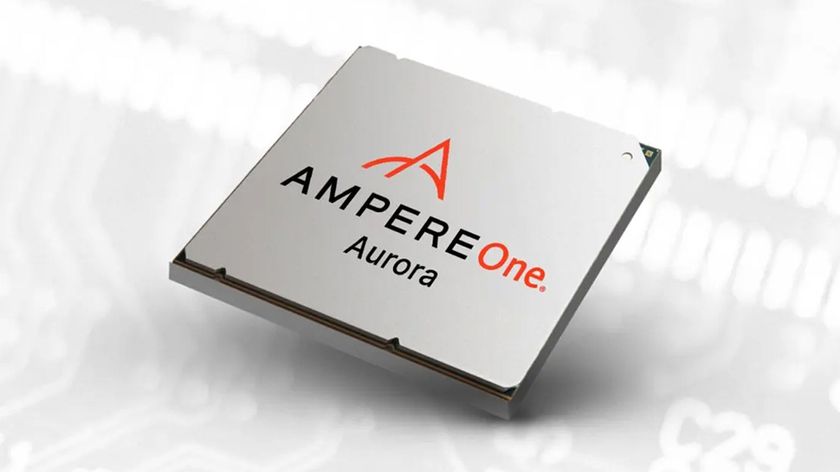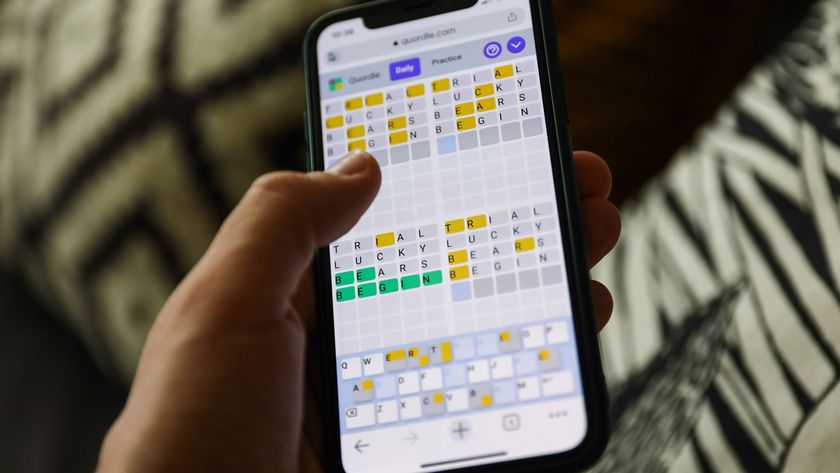Fusion drive: what it is and how it speeds up your Mac
The advantage of your Mac's hybrid drive
If the drive is bigger than 8GB, you can create more to use for other purposes, but there needs to be a partition that's at least 5GB large on which to create an install disk. It doesn't matter what you call this partition. Click the Options button below the partition layout. From the three options presented, choose 'GUID Partition Table', then click OK. Click Apply towards the bottom right of the window and wait for the drive to be repartitioned and mounted.
3. Create a Mountain Lion install disk
Browse to the Applications folder and -click the Mountain Lion installer. Choose Show Package Contents, then browse to Contents/SharedSupport and double-click InstallESD.dmg. Wait for the integrity of the disk image to be verified.
In Disk Utility, click the Restore tab. Drag 'Mac OS X Install ESD' from the left pane into the Source box, and the partition on the USB flash drive into the Destination box. Click the Restore button. You might be asked for your account credentials to proceed. It takes a while for the OS X installer to be copied to the flash drive.
In System Preferences, click Startup Disk at the far right of the row labelled System. Among the available startup disks you should see 'Mac OS X Install ESD' with 'OS X, 10.8.2' below it. Click it, then click the Restart button.
How to make your own Fusion Drive
1. Look up essential details
When your Mac restarts, choose Disk Utility from the options. Eject then disconnect everything except the internal hard drive, the SSD and the USB flash drive. Quit Disk Utility. Choose Utilities > Terminal. Type diskutil list and hit Return.
Get daily insight, inspiration and deals in your inbox
Sign up for breaking news, reviews, opinion, top tech deals, and more.
Partitions are grouped by the disk to which they belong under rows starting /dev/diskX (where X is a number). Two rows below those ones, use the Size column to work out which is the internal hard drive and the SSD. To avoid wiping Boot Camp and the Recovery System, look for the partition with the name of your OS X volume on the hard drive. Note its identifier, such as diskXsY.
2. Create a Logical Volume Group
Type diskutil cs create Fusion then a space, then the identifier of your SSD, another space, then the identifier of your OS X volume. Press Return to create a logical volume group that identifies the storage that will be used by the Fusion Drive.
Type diskutil cs list and press Return for a summary of what was created. In the row starting '+-- Logical Volume Group', drag the pointer through the long alphanumeric code to select it. Press Command+C to copy it to the Clipboard. Make a note of the free space listed four lines below the code.
3. Create a Fusion Drive volume
Type diskutil coreStorage createVolume then a space. Press Command+v to paste the code. Type another space, then jhfs+ "Macintosh HD" and another space. Type the capacity noted previously. If it's in gigabytes, use the form XXX.Xg, or X.Xt for terabytes. Press Return to create the volume.
When done, look for a line that says 'Finished CoreStorage operation'. Quit Terminal, then open Disk Utility to see a device named Fusion and the volume just made on it. You can install a fresh copy of OS X or restore from Time Machine. The former is the best starting point. Migration Assistant can later transfer users, apps and files from your Time Machine backup.
